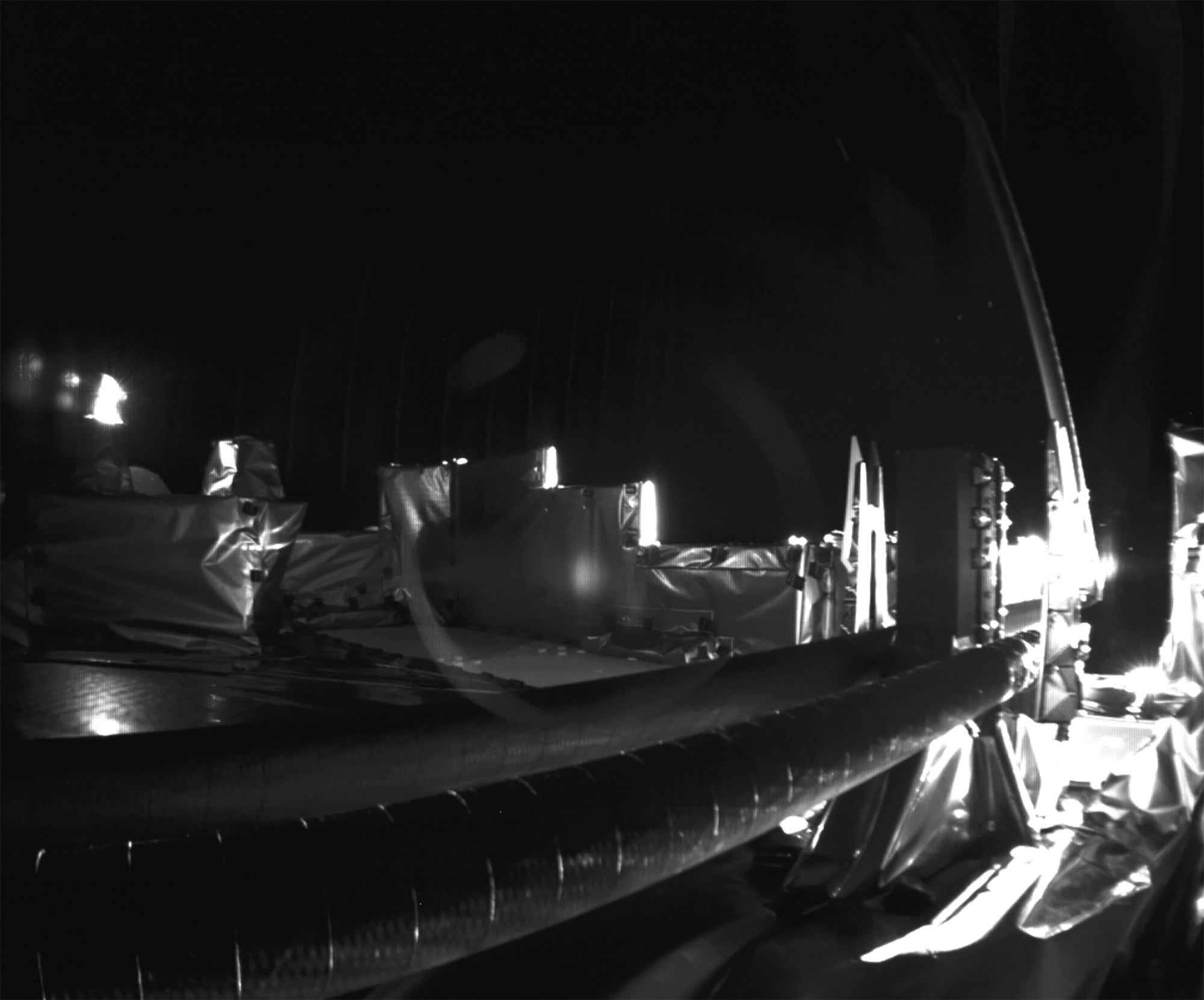Stuck antenna freed on Jupiter-bound spacecraft
A crucial radar antenna on a spacecraft bound for Jupiter is no longer jammed

Your support helps us to tell the story
From reproductive rights to climate change to Big Tech, The Independent is on the ground when the story is developing. Whether it's investigating the financials of Elon Musk's pro-Trump PAC or producing our latest documentary, 'The A Word', which shines a light on the American women fighting for reproductive rights, we know how important it is to parse out the facts from the messaging.
At such a critical moment in US history, we need reporters on the ground. Your donation allows us to keep sending journalists to speak to both sides of the story.
The Independent is trusted by Americans across the entire political spectrum. And unlike many other quality news outlets, we choose not to lock Americans out of our reporting and analysis with paywalls. We believe quality journalism should be available to everyone, paid for by those who can afford it.
Your support makes all the difference.A crucial radar antenna on a European spacecraft bound for Jupiter is no longer jammed.
Flight controllers in Germany freed the 52-foot (16-meter) antenna Friday after nearly a month of effort.
The European Space Agency's Jupiter Icy Moons Explorer, nicknamed Juice, blasted off in April on a decade-long voyage. Soon after launch, a tiny pin refused to budge and prevented the antenna from fully opening.
Controllers tried shaking and warming the spacecraft to get the pin to move by just millimeters. Back-to-back jolts finally did the trick.
The radar antenna will peer deep beneath the icy crust of three Jupiter moons suspected of harboring underground oceans and possibly life. Those moons are Callisto, Europa and Ganymede, the largest moon in the solar system.
Juice will attempt to go into orbit around Ganymede. No spacecraft has ever orbited a moon other than our own.
The news wasn't so good for NASA's Lunar Flashlight spacecraft. After struggling unsuccessfully for months to get the Cubesat into orbit around the moon, the space agency called it quits Friday.
Launched in December, the Lunar Flashlight was supposed to hunt for ice in the shadowed craters of the lunar south pole. Now it's headed back toward Earth and then into deep space, continually orbiting the sun.
___
The Associated Press Health and Science Department receives support from the Howard Hughes Medical Institute’s Science and Educational Media Group. The AP is solely responsible for all content.